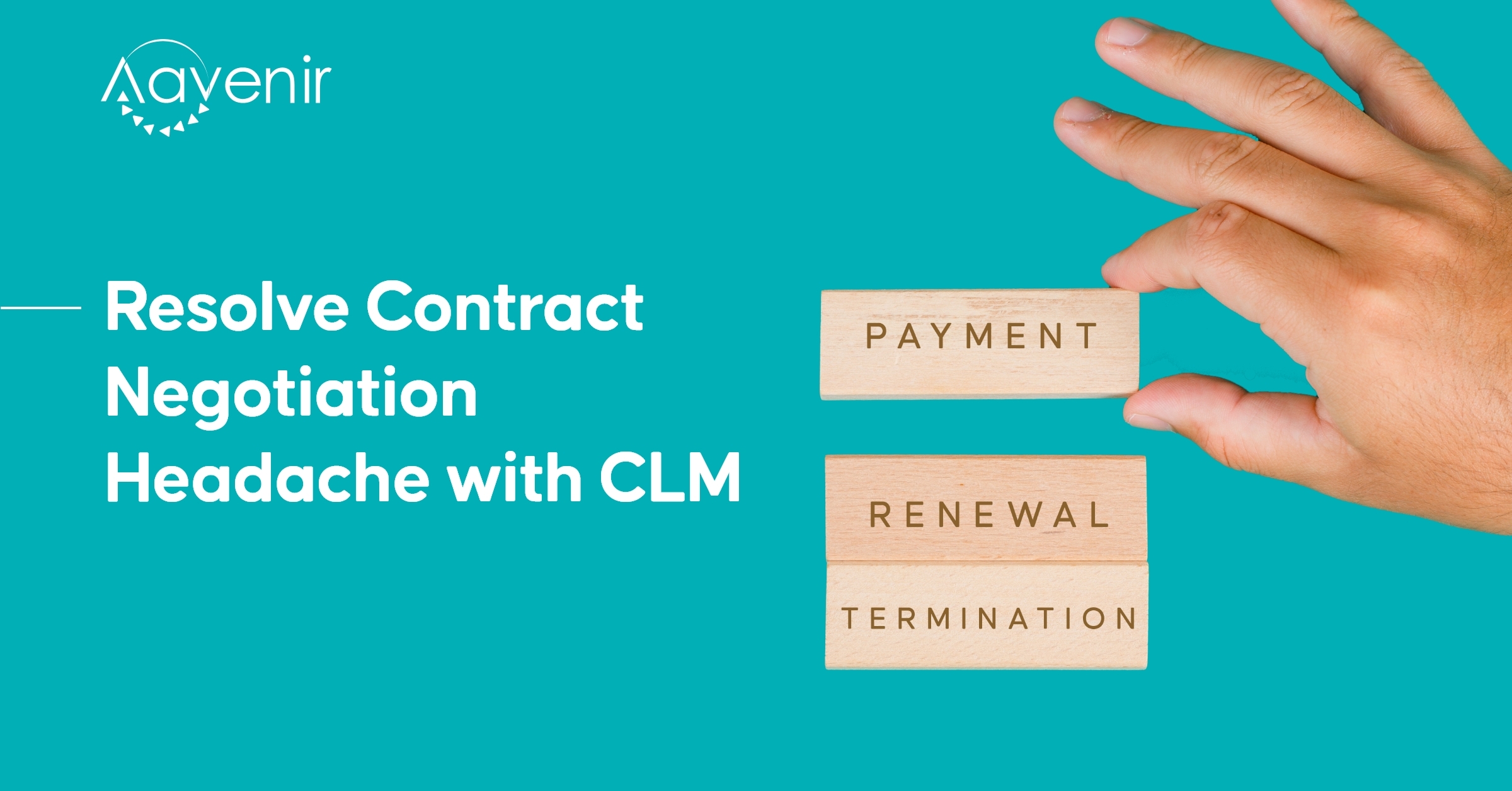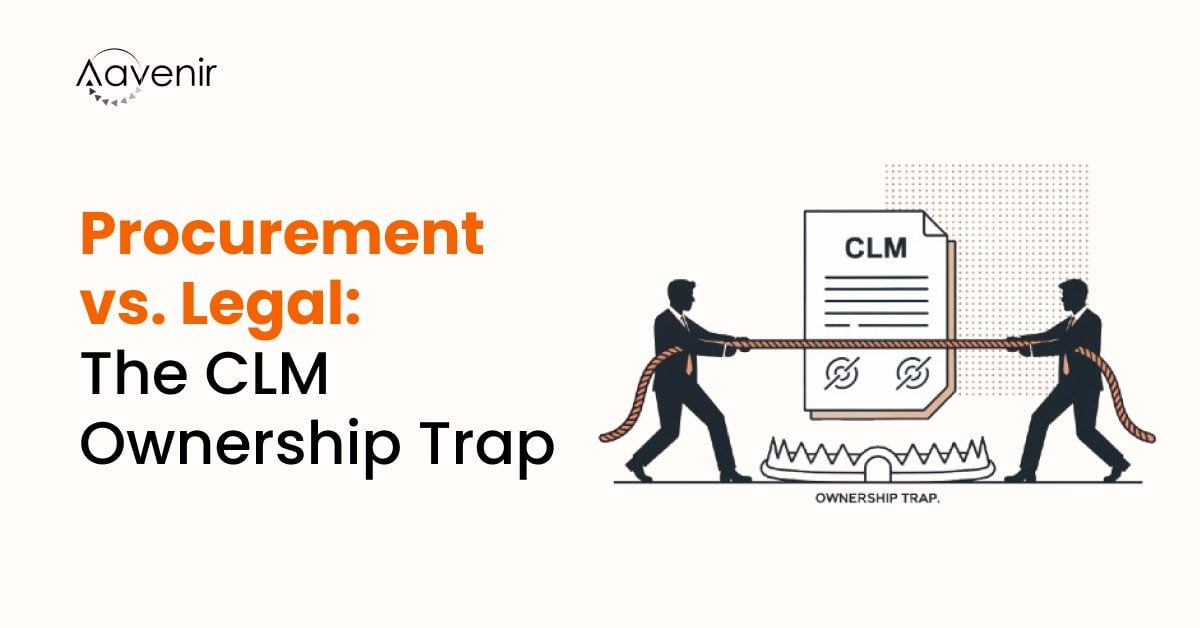How often have you realized that you failed miserably in negotiating a contract because your preparation was not adequate? A tiny misstep in negotiating the terms of a contract can have a profoundly negative consequence. Contract negotiation is a stressful process yet crucial since it ensures that the contract is mutually agreed upon and benefits both parties.
Contract negotiation holds the key to conflict resolution and value creation through contracts.
When disputes arise, it is easy to avoid friction to save the relationship and business value. For example, one of the most significant concerns that any Contract Manager must face during negotiations is they should not end up with a contract that will be very different if negotiated successfully. Negotiations are often necessary to create an amicable solution for all parties involved in the conflict.
Let’s deep dive into how a CLM solution can help resolve contract negotiation headaches and make this laborious process simpler and more elegant.
Download Resource: Contract Review and Negotiation Checklist
Overcoming Contract Negotiation Challenges with CLM Solution
CLM software alleviates some of the pains of managing your contracts through automated workflows. For example, a cloud-based, centralized contract repository serves as the location where all redlining, editing, and versioning takes place to keep all contributors working on the most current version of a contract, ensuring accurate, finalized contracts through centralized access. So, how does it help negotiators? Let’s take a sneak peek:
Frequently negotiated clauses
An AI-enabled CLM can help you highlight frequently negotiated clauses in specific types of contracts. For example, an AI engine can help you answer questions that a human may not even think of and reduce complexity. Some of these questions are listed below:
- Do the words and the sentence structure accurately reflect your intention?
- Is your meaning clear to any reader, or can the words suggest an undesired and unanticipated interpretation?
- Does the proposed clause address the issue at hand, or does it also implicate other situations not intended to be covered by the provision?
Let’s take the example of contracts in higher education. Universities often hire faculties on a contractual basis without following any regulatory guidelines and procedures. For instance, the hiring of contractual teachers in educational institutions occurs through fixed-term contracts (typically a year), which go for renewal if and when required. In such cases, commonly negotiated terms from both parties would be payment, renewal, termination, etc.
Well-trained AI models help identify such clauses based on industry segments and notify Contract Managers to include terms and conditions in the contracts, which they can monitor for compliance.
Enhanced insights from the contract negotiation process
The average contract takes approximately 30 days to create, negotiate, and execute. Today, much of the negotiation process occurs in the document during the drafting phase, as parties add terms and clauses while exchanging the draft. If you know about the frequently negotiated clauses in advance and how they impact your time-to-signature, you can incorporate them into your contract beforehand.
Continuing from the previous example, CLM software allows higher education institutions to create standardized contracts and processes for all departments, ensuring consistency and complete visibility. AI-driven insights will help identify gaps or redundancies in the contract management process across 100+ departments and campuses within the same network.
Download E-Book: Contract Automation for Higher Education
Safer and faster negotiations
“Time kills deals” – when it comes to contract negotiation, speed is of the essence. It’s time to do away with inefficient, time-consuming manual review and let contract management software take your contract management to the next level. Complex contracts with lengthy detail and nuance will further complicate negotiations.
However, the right CLM software can also help identify necessary resources for contracting, including team members and problems in the past. It lets you build contracts through automated and AI-driven workflows and solves the common issues of inconsistent legal languages with a pre-approved contract clause library. These “plug-and-play” features can streamline and accelerate your entire contract negotiation process.
Before you sign on the dotted line
Negotiation is a process that can raise conflicts and breaches if not done correctly. Any contracting party must encourage professional negotiations -enabling seamless business functioning.
Many companies do not spend the required time during the contract negotiation process in the real world, which tends to be the most significant factor for contract failures. However, since contracts forge relationships between two or more organizations, it is imperative to negotiate and set the terms before execution to avoid possible repercussions in the future.




